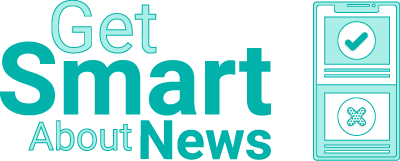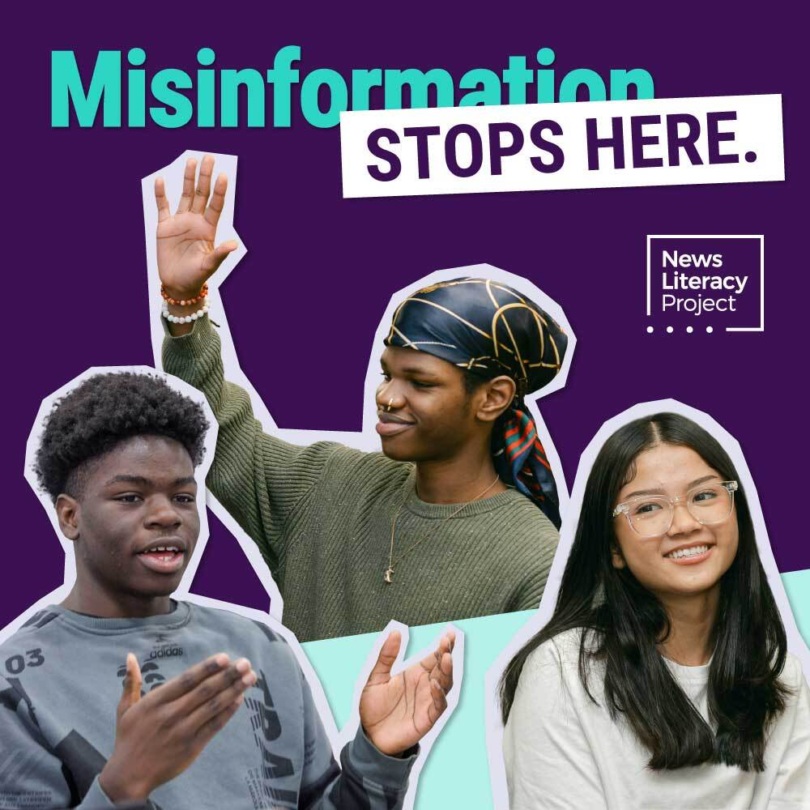GSAN: Confusion breeds conspiracy | Debate rumors | News on YouTube
|
|
Learn about news literacy this week |
|
|
Confusion breeds conspiracy When President Donald Trump tweeted at 12:54 a.m. ET on Oct. 2 that he and first lady Melania Trump had been diagnosed with COVID-19, it touched off a flood of conspiracy theories online from people seeking to make sense of the news. Some on the left and others critical of the president speculated that he was faking the diagnosis to avoid participating in more presidential debates, to gain sympathy votes or to distract everyone from The New York Times’ Sept. 27 investigative report about his taxes. Others suggested his intent was to stage a quick recovery to “prove” that the disease isn’t serious or to make himself look strong and healthy. Some on the right also thought he might be faking it to lure liberals into making disgraceful comments online, while others suggested that the Democrats infected the president to gain political power.
|
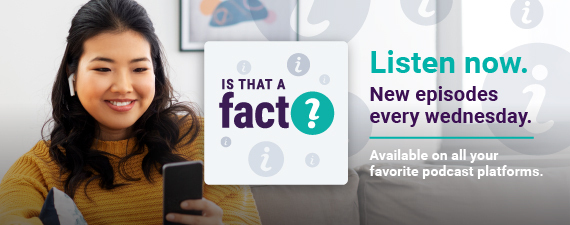 |
|
Viral rumor rundown 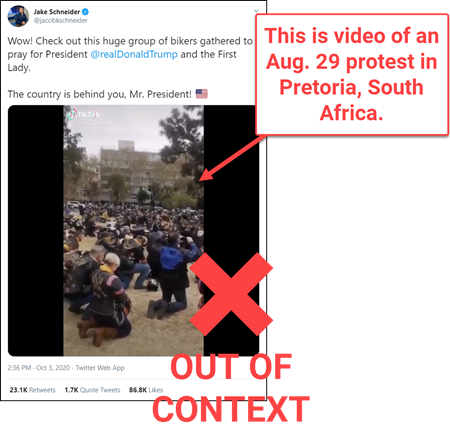 NO: The video in this tweet does not show bikers praying in support of President Donald Trump and first lady Melania Trump after they were diagnosed with COVID-19. YES: It is an Aug. 29 video of a protest against violent crimes targeting farmers in South Africa. 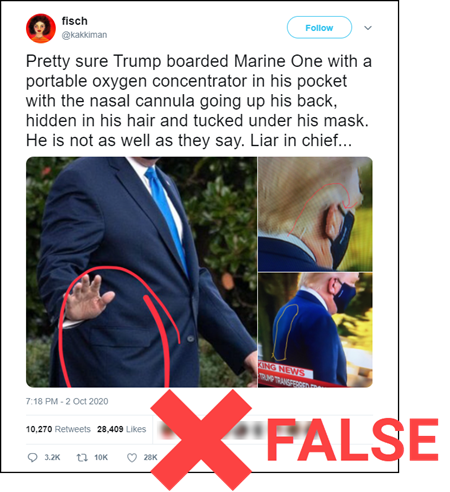 NO: President Donald Trump did not have an oxygen tank and tubing concealed under his jacket as he boarded Marine One to be taken to Walter Reed National Military Medical Center on Friday. YES: Trump was given oxygen at the White House on Friday before leaving for Walter Reed. 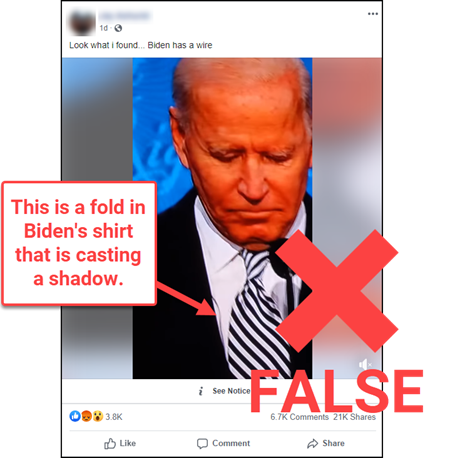 NO: Democratic presidential nominee Joe Biden did not wear a wire during the first presidential debate on Sept. 29. YES: That is a fold in Biden’s shirt (you can see this moment in context here). NO: Biden does not have a transmitter implanted in his skull to receive debate guidance. NO: Biden did not have an IV or a wire running up his sleeve during the debate either. YES: He was wearing a rosary that he wears in remembrance of his son Beau, who died of brain cancer in 2015.
|
|
★ NewsLit Picks Suzannah: “How the everyday chaos of reporting on the Trump White House played out for the world to see Saturday” (Sarah Ellison, The Washington Post).
Peter: “Exclusive: Russian operation masqueraded as right-wing news site to target U.S. voters – sources” (Jack Stubbs, Reuters). |
|
Thanks for reading! Your weekly issue of Get Smart About News is created by Peter Adams (@PeterD_Adams), Suzannah Gonzales and Hannah Covington (@HannahCov) of the News Literacy Project. It is edited by NLP’s Mary Kane (@marykkane). |
|

